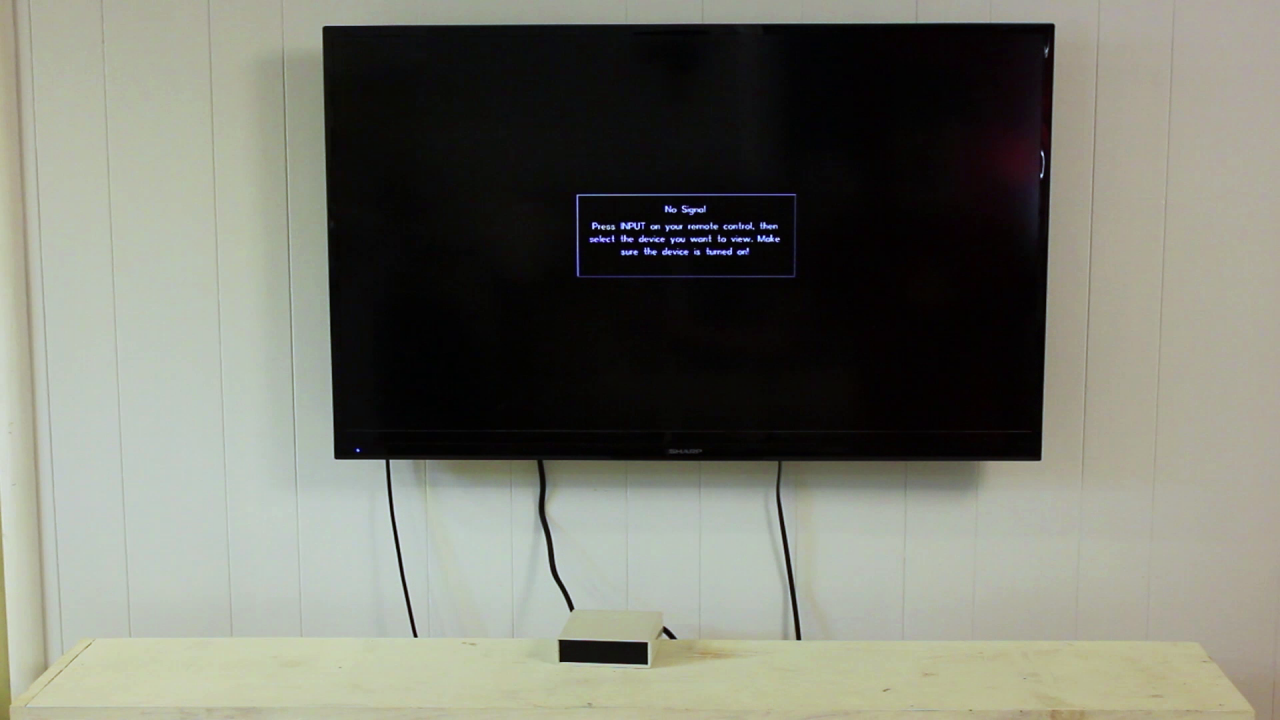Most of us spend far too much time in front of the TV. So I designed a system that will automatically limit when and how much the TV can be on.
The system works by controlling the input signal going to the TV. This is done by adding a relay switch to the input cable. When certain conditions are met, the relay is turned on and the TV is able to receive the input signal.
Using an Arduino microcontroller, you can program the system to only allow the TV to be on for a certain amount of time each day or between certain hours. You can set up a PIN code so that only certain people can turn it on. You could even set it up so that the TV will not turn on unless you have done a certain amount of exercise that day.
The system is very versatile and can be customized to fit your needs.



